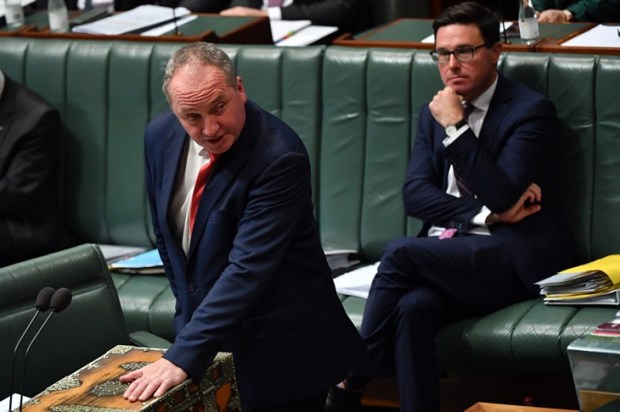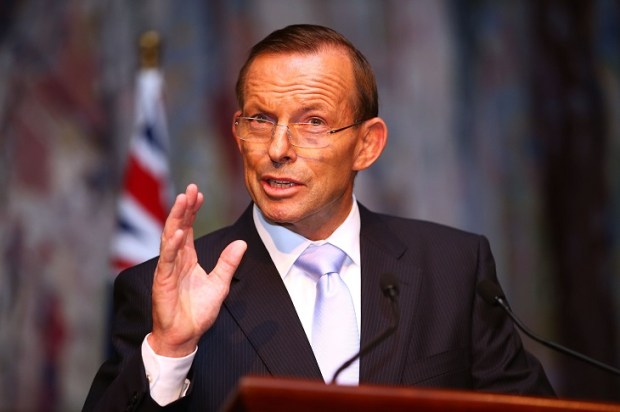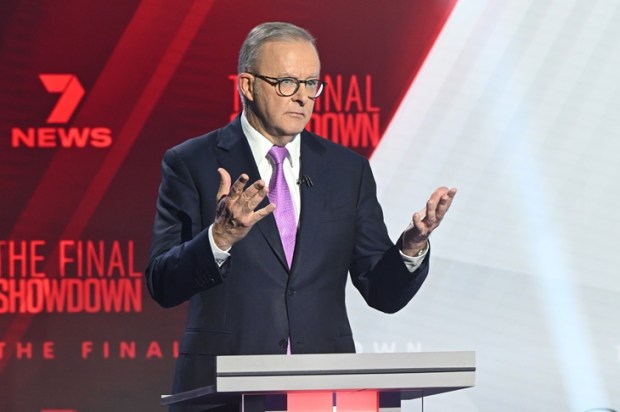The Australian Energy Market Operator’s head, Daniel Westerman, attracted the media’s attention by refusing, under Parliamentary scrutiny, to guarantee that the Integrated System Plan (ISP) developed by his agency on behalf of the government will bring lower prices.
Indeed, another of the plethora of regulatory agencies that are grinding the economy to a halt, the Australian Energy Regulator sets out the shadow price of CO2 incorporated into the electricity supply costs at $70 per tonne of CO2 in 2024, rising to $105 per tonne in 2030 and $420 per tonne in 2050.
That means the present wholesale electricity price is at a premium that is double the underlying price in 2024 rising to eight-fold the underlying price by 2050. This is because, for the base year of 2005, coal was the overwhelming fuel generating electricity; black coal has about 800 tonnes of CO2 per MWh with brown coal at about 1,200 tonnes of CO2 per MWh.
The government’s own assurances are that its renewables-rich electricity supply, set at 82 per cent by 2030, will bring lower prices. This is even more absurd than the $275 a household price reduction that was in the bag for 2024 under The Plan involving more subsidies that was touted by the Prime Minister, Energy Minister, and Treasurer.
AEMO claims in its ISP that wind and solar offer the ‘lowest cost pathway’ to the government’s Net Zero emissions goal. Coal, which presently supplies half our electricity, will be gone by 2038.
This is unachievable and if faced with an incoming Coalition government, Westerman claims he is simply implementing politicians’ preferences. This begs the question of whatever happened to the ‘frank and fearless’ advice previously expected of public servants when asked to flesh-out crackpot policies. The answer is that the selection of senior bureaucrats is now highly politicised. For the ALP, they are pre-vetted for political reliability; for the Liberals, appointments are made on the advice of the pre-existing politicised bureaucracy.
In the dozen years from the late 1990s, Australia developed a highly competitive low-cost electricity system on the basis of general rules of bidding with a multitude of competitors, both private and corporatised governmental. But from 2003 onward, this was hammered by political interventions, particularly the growing subsidies to renewables. Prices were originally suppressed as a result of these subsidies but losses they caused to unsubsidised established generators eventually forced closures. In 2015, the dam burst bringing a trebling of wholesale prices.
This is being compounded by more costs for the poles and wires necessary to carry intermittent and highly dispersed wind and solar electricity that the authorities want in the transition from coal. And it is now leaving the reliability in a precarious situation. The next major power station to close will trigger frequent blackouts. This is recognised by the renewables-favouring NSW and Victorian governments, both of which are subsidising coal generators (Victoria surreptitiously) after subsidies allocated to wind and solar made coal financially insolvent.
Generation costs have been further turbocharged by the Capacity Investment Scheme which is to contract 23 GW of new wind and solar (more than the current coal capacity of the National Market) and 9 GW of energy storage capacity by 2030. The government will not reveal the price it is paying but we can estimate it from similar power purchases by less secretive overseas governments. The UK paid $175 per MWh for onshore wind (more for offshore) at its latest auction and it is unlikely Australia’s price would be less. That price is threefold the inflation-adjusted level that prevailed prior to government wind and solar subsidies sabotaging the previous coal-based system.
Moreover, Paul Miskelly in his submission (No. 42) to the Senate Committee on Energy Planning and Regulations addresses the ISP’s estimates of the storage required for their renewables plan at 15 GWh. This is equivalent to 33.3 Geelong Big Batteries, which AEMO inaccurately claims will provide 6-8 days of storage. Miskelly, from examining weather patterns, estimates reliability requires 12,077 GWh of storage, equivalent to some 27,000 Geelong Big Batteries. Each battery costs $160 million, hence 27,000 would cost $4.3 trillion, or twice the nation’s GDP!
A similar analysis by a group of independent engineers headed by James Taylor (submission 7) also concludes the AEMO analysis is faulty and uses misleading assumptions on storage and its necessity. That group estimates storage cost in the range of $2.5-4 trillion (and each battery would need to be replaced every 10 years). Taylor’s group also finds AEMO’s stated net present value cost of generation and storage at $122 billion is actually $600-750 billion.
Part of the gap in battery storage is the assumption in the ISP that home batteries, storing afternoon solar and tapping the electricity stored in EVs, will be available free of charge. Nobody has thought through the likely reactions of those incurring costs of home batteries EVs. Rather than accepting the regulator seizing their stored energy for public purposes, households would much reduce the capacity installed.
The alternative to coal is nuclear, which for Australia would produce electricity at less than twice coal’s cost but with equally good reliability. Demonstrating the idiocy of the bureaucratic class, Australian Energy Regulator chair, Clare Savage, told a Parliamentary committee that it would take a decade just to develop a nuclear regulatory framework. But if we wish, it could take just one day; we could for example simply adopt Korea’s regulations. In fact, we already have a regulatory framework (we have, after all, got a nuclear facility at Lucas Heights) but to suggest we would need to develop a new one from scratch is to say that if we ever were to produce cars again, we would need to reinvent all the experience developed in regulatory frameworks over the past century.
Aside from the obvious higher electricity bills, this dangerous experiment with the nation’s power system is creating an industrial wasteland. Unwinding the damage politicians and their bureaucrats have imposed will be slow and painful all the more so because there are only a handful of politicians aware of it.

























